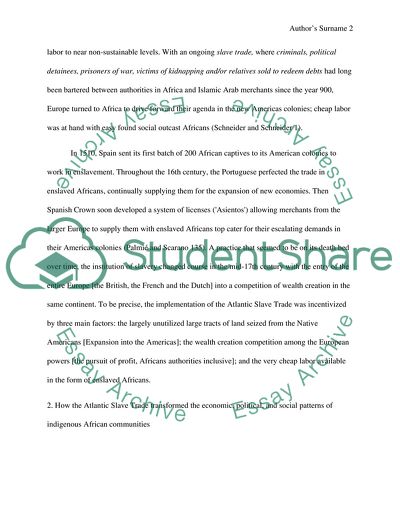Cite this document
(Implementation of the Atlantic Slave Trade Assignment Example | Topics and Well Written Essays - 1750 words, n.d.)
Implementation of the Atlantic Slave Trade Assignment Example | Topics and Well Written Essays - 1750 words. https://studentshare.org/history/1806146-african-history
Implementation of the Atlantic Slave Trade Assignment Example | Topics and Well Written Essays - 1750 words. https://studentshare.org/history/1806146-african-history
(Implementation of the Atlantic Slave Trade Assignment Example | Topics and Well Written Essays - 1750 Words)
Implementation of the Atlantic Slave Trade Assignment Example | Topics and Well Written Essays - 1750 Words. https://studentshare.org/history/1806146-african-history.
Implementation of the Atlantic Slave Trade Assignment Example | Topics and Well Written Essays - 1750 Words. https://studentshare.org/history/1806146-african-history.
“Implementation of the Atlantic Slave Trade Assignment Example | Topics and Well Written Essays - 1750 Words”. https://studentshare.org/history/1806146-african-history.


